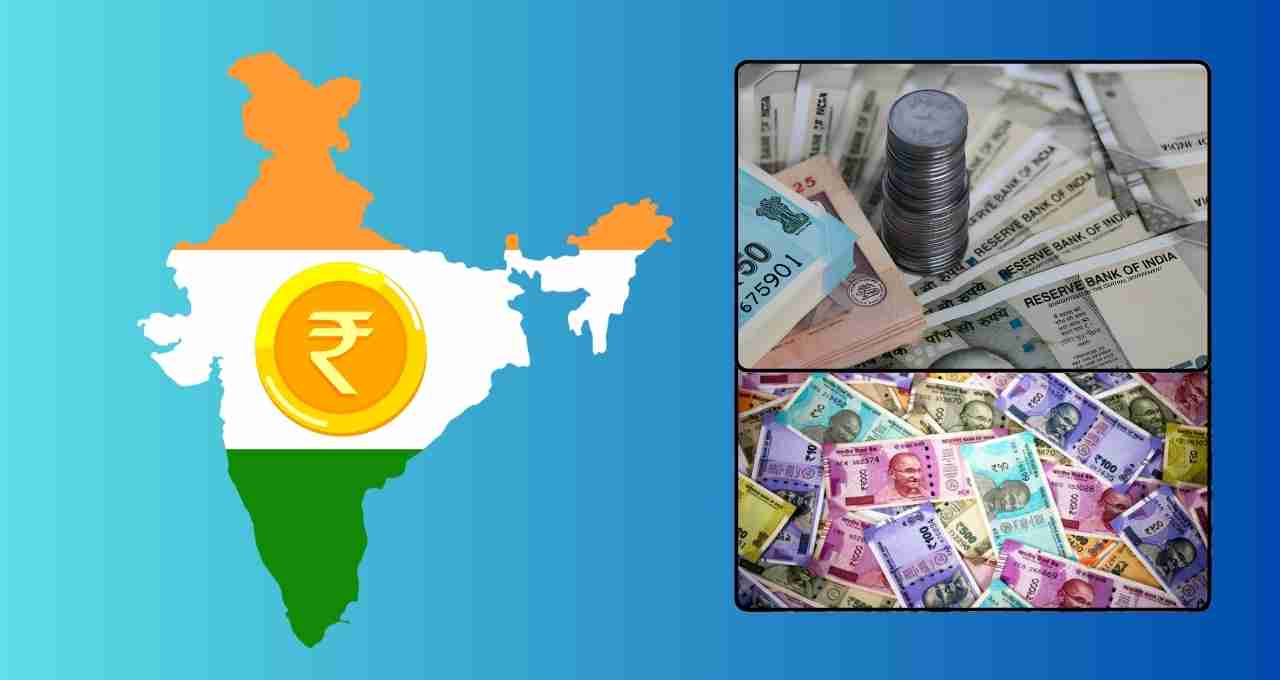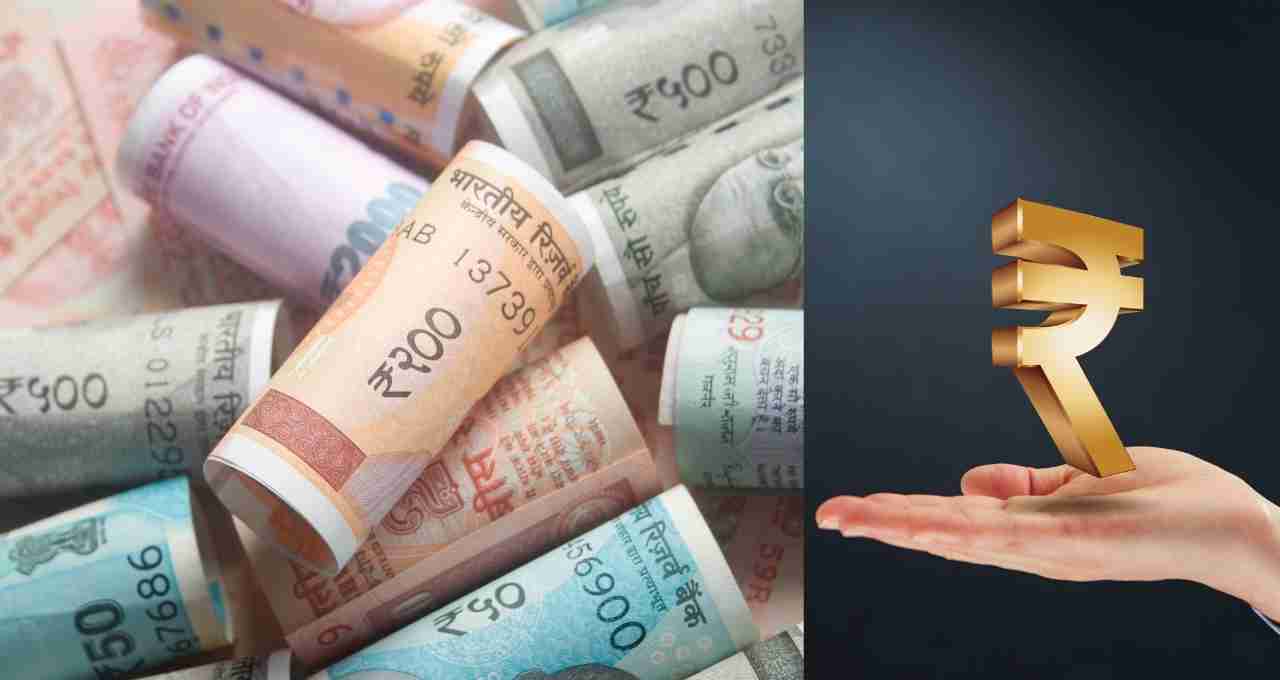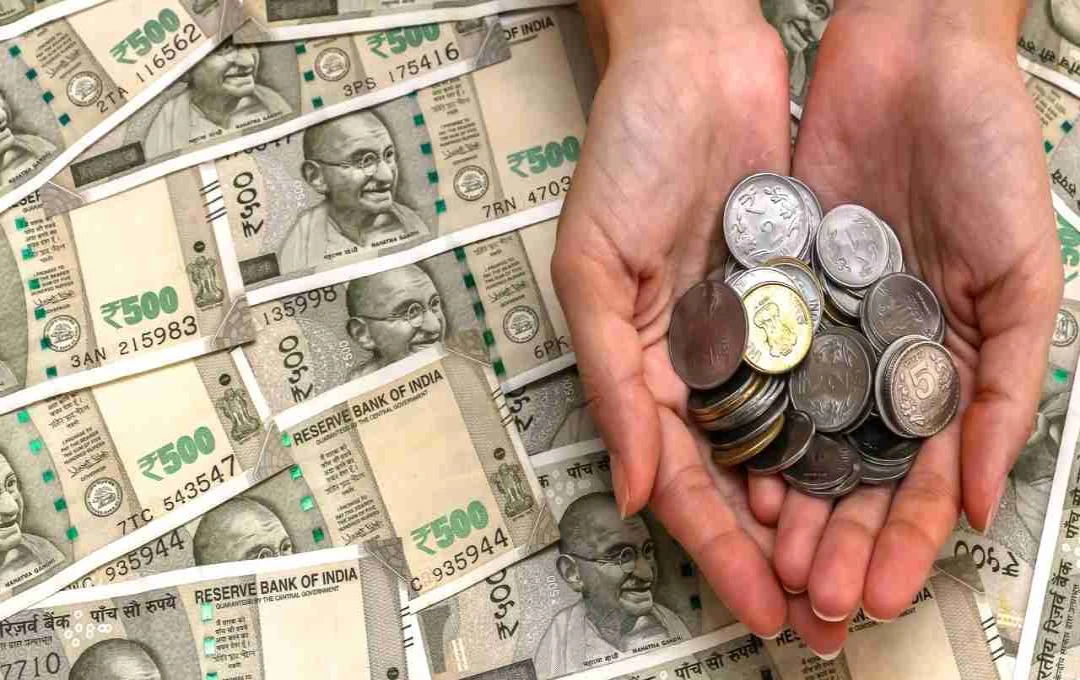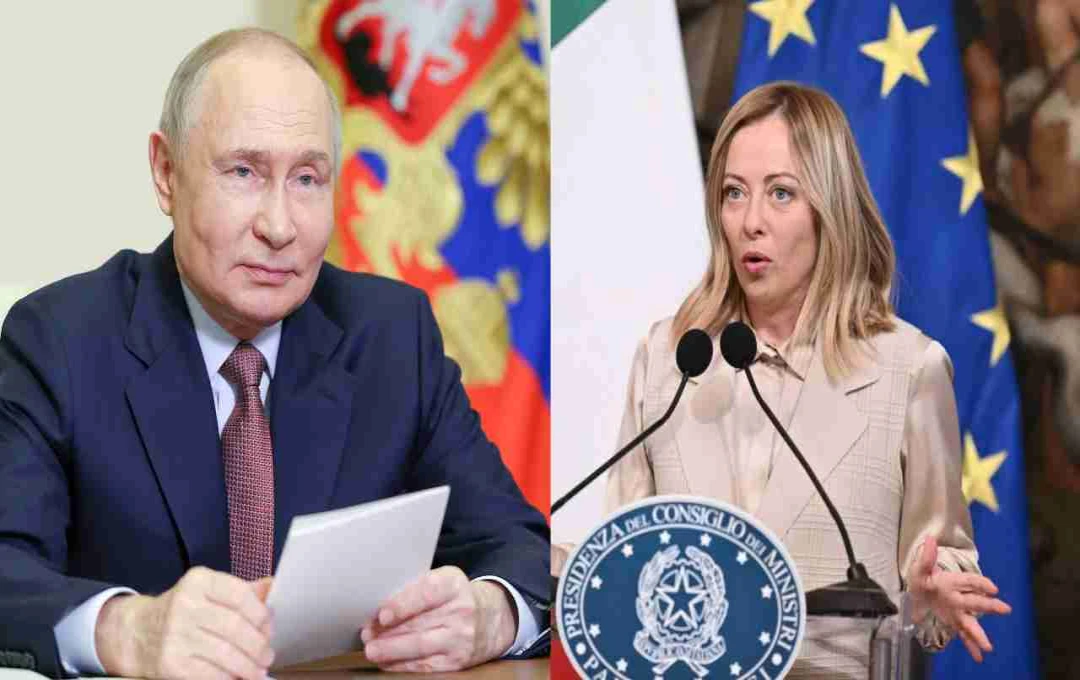The strength of the Indian Rupee is once again a topic of discussion, especially when compared to the Pakistani Rupee, the difference becomes even more apparent.
New Delhi: While concerns persist regarding the Indian Rupee's position against the US dollar in the international market, the Indian currency is simultaneously demonstrating dominance in several countries worldwide. The Indian Rupee has not only shown strength in many countries across Asia, Africa, and Latin America but has also performed exceptionally well against their local currencies.
Currently, there are approximately 26 countries where the Indian Rupee holds a significantly ber position than their domestic currency. This includes countries such as Pakistan, Iran, Japan, Vietnam, Indonesia, Lebanon, and Nigeria.
Iran: The Indian Rupee's Strongest Position

Let's begin with Iran, where b trade relations with India have been established for a long time. One Indian Rupee is currently equivalent to approximately 487.46 Iranian Rials. This figure not only highlights the strength of the Indian Rupee but also reflects the severity of Iran's economic situation. Due to US sanctions, the Iranian currency has been under pressure for years, a situation which has benefited the Indian Rupee.
Lebanon and Vietnam: Rupee Dominance
Lebanon's economic situation has steadily deteriorated in recent years. The Lebanese Pound has become significantly weaker against the Indian Rupee. One Indian Rupee is currently equivalent to approximately 1036.07 Lebanese Pounds.
Meanwhile, in Vietnam, one Rupee equals 301.97 Vietnamese Dong. Although Vietnam is considered a rising market in Asia, its currency remains weak compared to the Rupee.
Indonesia and Other Asian Countries: Rupee's Preeminence

In Indonesia, one Indian Rupee is equivalent to 188.03 Indonesian Rupiah. This indicates the growing dominance of the Indian currency in South Asia and Southeast Asia.
Furthermore, the currencies of countries like Paraguay, Colombia, Chile, Iraq, Argentina, and Nigeria also lag behind the Indian Rupee.
For example:
- Paraguay: 1 Rupee = 92.30 Guaraní
- Colombia: 1 Rupee = 47.41 Peso
- Nigeria: 1 Rupee = 17.89 Naira
- South Korea: 1 Rupee = 15.90 Won
- Iraq: 1 Rupee = 15.15 Dinar
- Argentina: 1 Rupee = 13.45 Peso
- Chile: 1 Rupee = 10.89 Peso
Pakistan, Bangladesh, and Nepal: Rupee's Hold
In the context of the Indian subcontinent, the Indian Rupee is significantly ber than the currencies of Pakistan, Bangladesh, and Nepal.
- Pakistan: 1 Rupee = 3.27 Pakistani Rupees
- Bangladesh: 1 Rupee = 1.41 Taka
- Nepal: 1 Rupee = 1.60 Nepalese Rupees
Although the Bangladeshi Taka is slightly ber than the Pakistani Rupee, the Rupee's value is considerably higher in both countries.
Japan: Improved Rupee Position
The Japanese Yen, the currency of Japan, a major Asian economy, is considered a prestigious currency globally. Despite this, the Indian Rupee shows a favorable position here as well. Currently, one Rupee is equivalent to 1.67 Yen in Japan.
The seemingly lower value of the Japanese Yen is due to its base unit, which also fluctuates around 100 against the US dollar. Therefore, considering it unequivocally weaker than the Rupee would be inappropriate; however, it still indicates that the Indian currency is demonstrating strength against several global currencies.
Experts' Opinion
According to Anuj Chaudhary, Research Analyst at Mirae Asset Sharekhan, a risk-averse sentiment currently prevails in global markets, impacting the Indian Rupee. Escalating tensions between Israel and Iran and the surge in crude oil prices have put some pressure on the Rupee.
However, he also believes this decline is temporary and that the Rupee will stabilize once the situation in West Asia normalizes.
Reasons for the Rupee's Strength
- Stable Economy: Despite the global slowdown, India's economy is progressing at a robust pace.
- Foreign Investment: Foreign investor participation in India is steadily increasing, strengthening the Rupee.
- Strong Banking System: The Reserve Bank of India's (RBI) policies and regulatory framework play a crucial role in maintaining the Rupee's stability.
- Digital Transactions: The growing trend of digital transactions in India has contributed to formalizing the economy.















